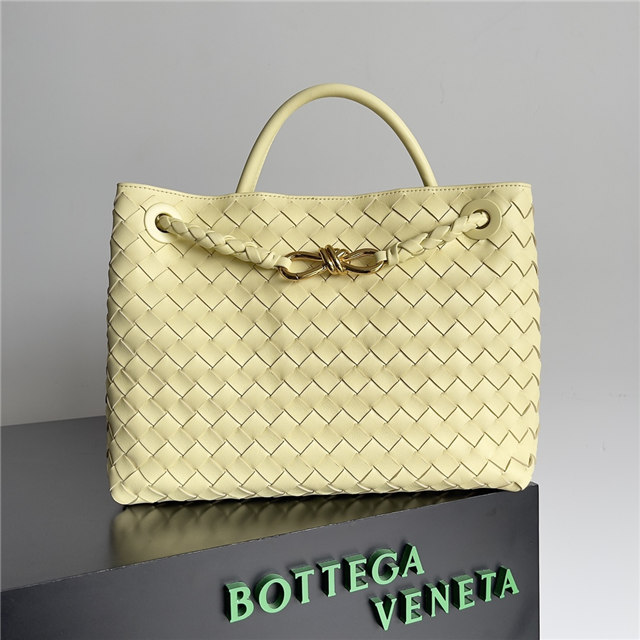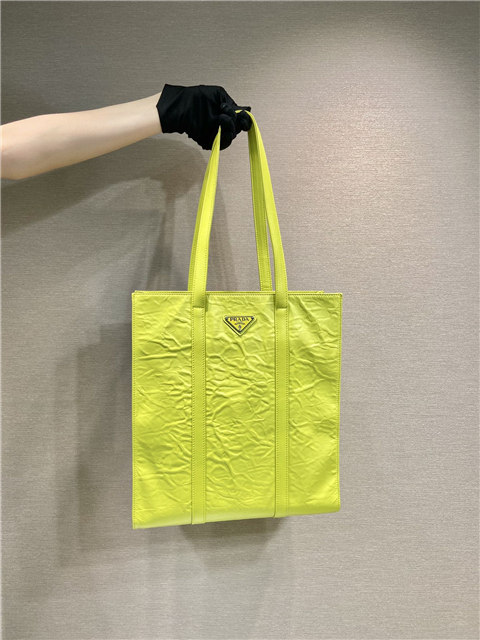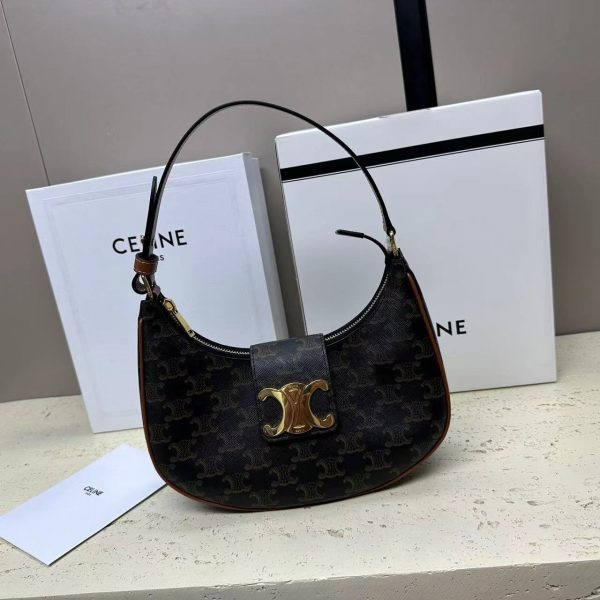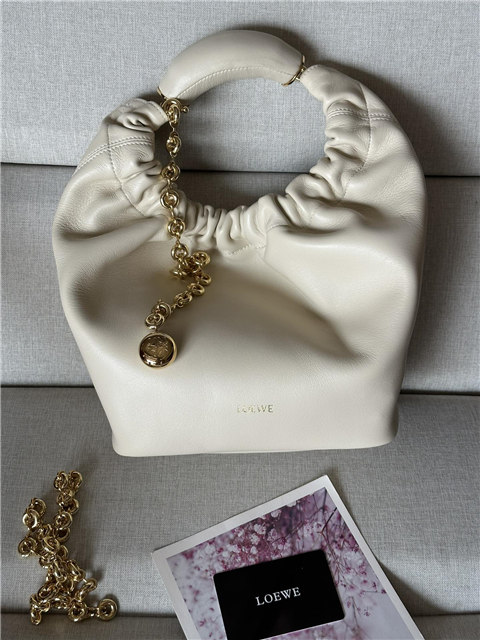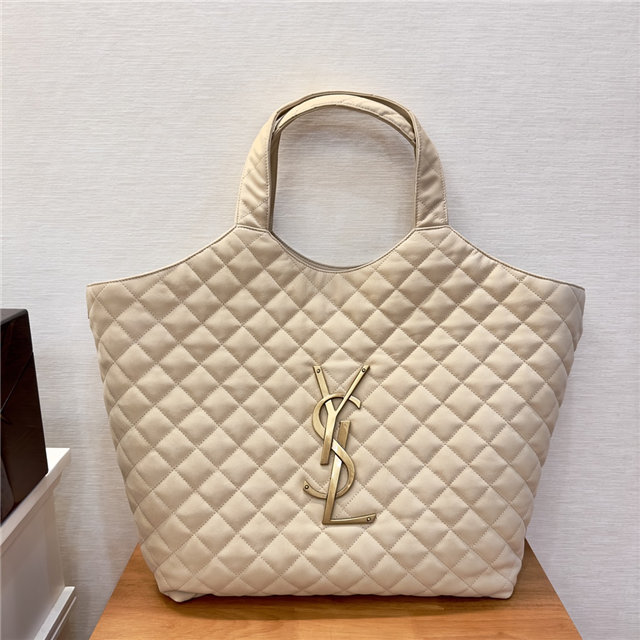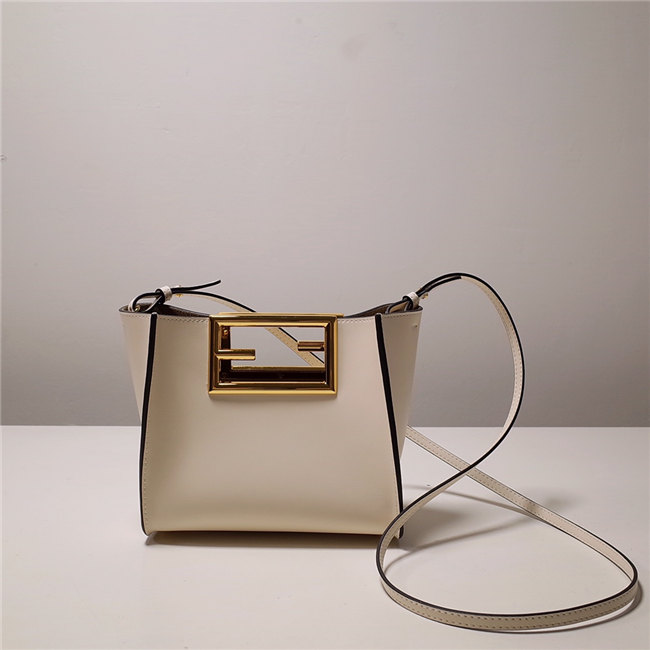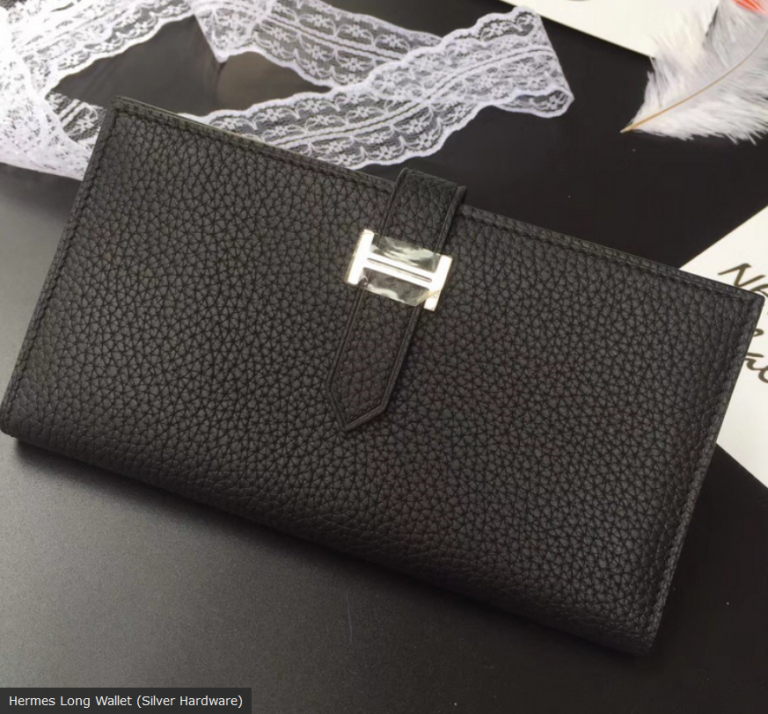First off, let’s be real, nobody *wants* a fake, right? But, like, a genuine Cartier can set you back a small fortune. So, the temptation’s there, especially when you see these “Swiss Replica” jobbies popping up. They claim to be, like, *super* accurate.
Now, the articles I’ve skimmed through are all about how these replica factories are getting *really* good. We’re talking reverse-engineering the actual watches, using fancy CAD/CAM stuff, and replicating things down to the 0.01mm. That’s, um, tiny. It’s kinda scary how good they’re getting.
But here’s where my personal “uh oh” alarm goes off. Like, even if they nail the *look* – the guilloché dial on a Cartier, for example (that swirly pattern thingy), which one article emphasizes its complexity, it’s still a *fake*, right? It’s not the same movement inside, the same craftsmanship, or the same *history*.
And that’s where it gets a bit icky for me. One article mentions how you can spot a fake by looking for a “tick or jerkiness” in the movement. Okay, cool, maybe you can, *if* you know what you’re looking for. But what if they fix that? What if the replica is *so* good that even an expert has trouble telling the difference? Then what are you really buying?
It’s like…buying a painting that *looks* like a Picasso. You might impress your friends, but you know it’s not the real deal. And is that really something to brag about? I dunno.
Then there’s the ethics thing. Supporting these replica operations kinda feeds into a potentially shady industry. Who’s making these watches? What are their working conditions like? Are they paying fair wages? These are questions that probably don’t get asked enough.
Ultimately, I think it’s a personal choice. If you’re cool with a replica and it makes you happy, who am I to judge? But just be aware of what you’re getting into. Don’t think you’re scoring a genuine Cartier on the cheap. And maybe think twice about where your money’s going.


